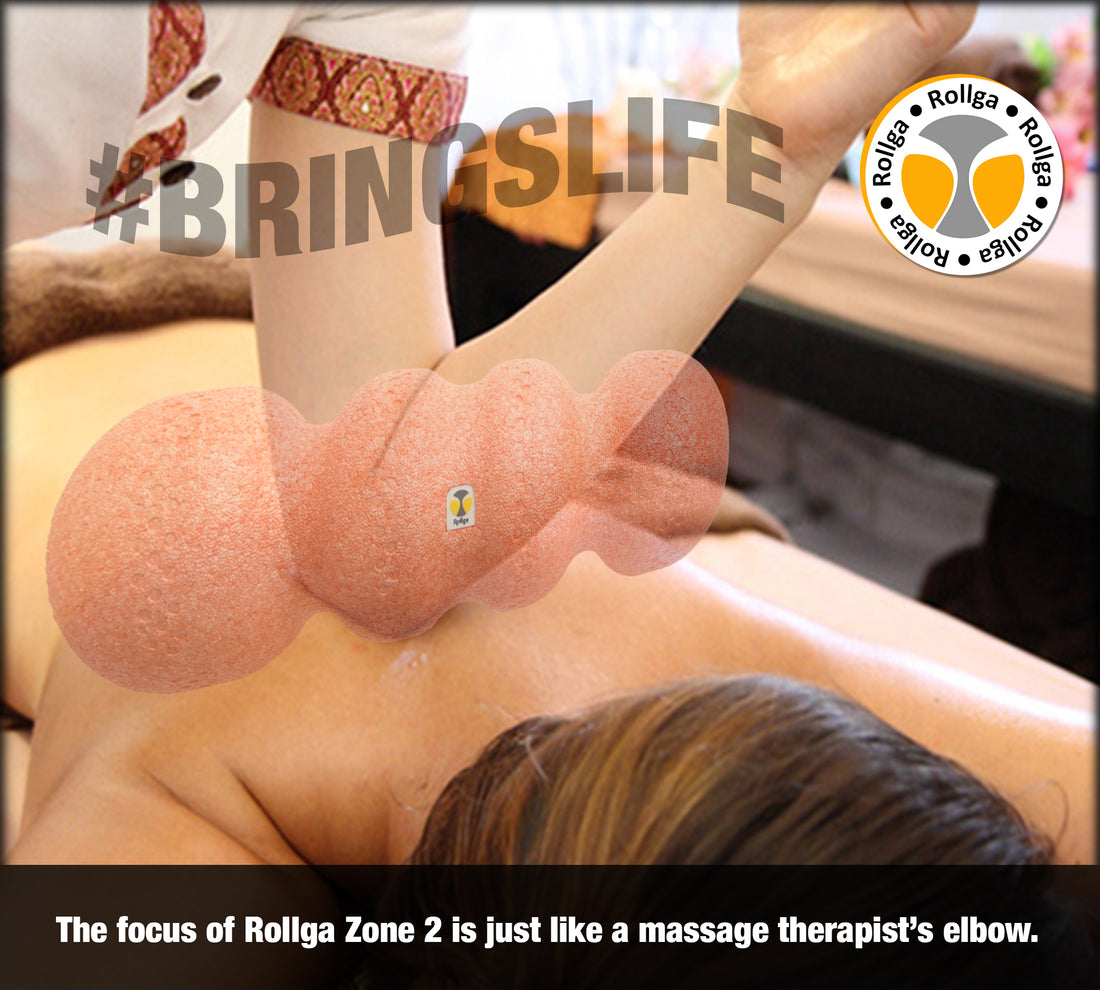
Lying on a foam roller can be helpful for improving flexibility, reducing muscle tension, and promoting relaxation. Foam rolling can help release trigger points, which are areas of tension in the muscles, by applying pressure and manipulating the tissue. This can improve blood flow, reduce inflammation, and help the muscles recover from exercise.
The Rollga Foam Roller is designed to be more effective and comfortable than traditional foam rollers. It has a unique shape that supports the natural curves of the body and allows for more targeted massage of specific areas. The Rollga Foam Roller is made of a firm but flexible material that provides a deeper massage and is less likely to compress over time.
The Rollga Method is a series of techniques developed specifically for the Rollga Foam Roller. These techniques are designed to target specific areas of the body and help release tension and improve flexibility. Some Rollga Method techniques include:
-
Quad Release: Lie face down with the Rollga Foam Roller under your thighs. Roll up and down from your hips to your knees, targeting the quadriceps muscles.
-
IT Band Release: Lie on your side with the Rollga Foam Roller under your hip. Roll up and down along the outside of your thigh, targeting the iliotibial band.
-
Back Release: Lie on your back with the Rollga Foam Roller under your shoulder blades. Roll up and down along your spine, targeting the muscles on either side.
-
Glute Release: Sit on the Rollga Foam Roller with one foot crossed over the opposite knee. Roll back and forth, targeting the gluteal muscles.
Overall, lying on a foam roller, especially the Rollga Foam Roller, can be a beneficial addition to your fitness and recovery routine. It can help release muscle tension, improve flexibility, and promote relaxation. However, it is important to use proper form and technique when foam rolling to avoid injury.
